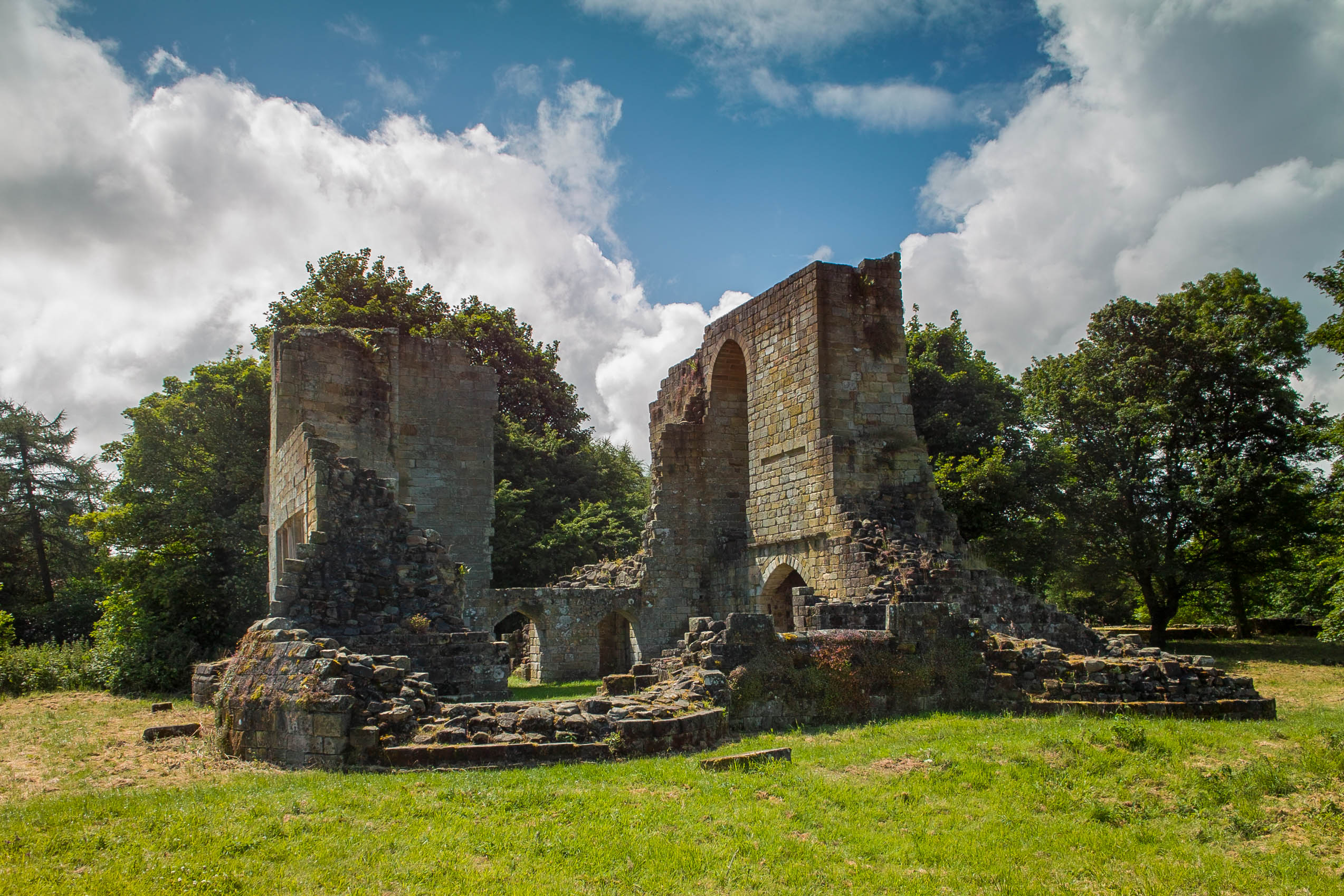Mulgrave Castle, the Wade Family, and Giants
Throughout history, three castles in Yorkshire, England, shared the name Mulgrave. The most ancient accredited to a “giant” named Wade. A giant? Yes, that’s what the legend says. I set out to see if I could make sense of it all.
Wade, The Duke of England – King of the Finns and Mulgrave Castle
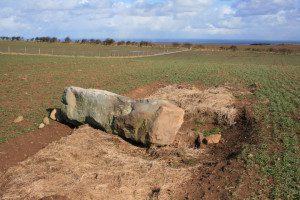
There is a connection with legends and folklore regarding Wade or Wada – it’s hard to determine whether this person and his family were real or fiction.
Yet, generations of people from the Yorkshire area have taken this last name as their own and passed it down to their children.
The Various Forms of the Surname Wade
In fact, the surname Wade is one of the oldest English names in existence. Some derivatives of the surname Wade are:
- Wadsworth
- Waddington
- Widitun
- Wadsley
- Wadelei
- Wadesleia
- Wheatley
- Wadles
- Watelag
- Watelei
- Wadeswurde
- Wadworth
- Wadeworde
- Wadewurde
- Wadesrde
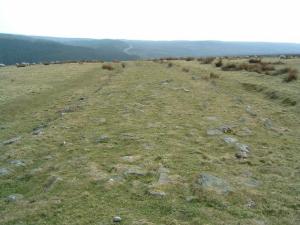
Accredited with building the first Mulgrave Castle and Pickering Castle, Wade is also said to have built a road called Wade’s Causeway for his wife to travel through the Moors with her cow, later used by the Romans.
Several significant stone monuments erected in the area came from him, and his grave is supposed to be located by Mulgrave Castle as well.
There are many references to the Anglo-Saxon Wade in ancient literature and poems. In Old Norse, he is called Vadi, and in Old High German, Wado.
To the Danish, he was the Wate mentioned in an old Anglo-Saxon poem called Widsith. This ancient poem written in 443-440 AD is the oldest mention of the name in literature, and it refers to Wade as ruler of the Helsings.
Interestingly, in a time when information was slow to travel, all these cultures knew who he was, or at least of his legend.
Ruler of The Helsings
Helsing is a Swedish surname that refers to the Hälsingland province. Today, someone from Hälsingland is called a “Hällsing,” but the old spelling of the word is “Hellsing” or “Helsing.”
Hälsingland is located in central Sweden and it borders Gästrikland, Dalarna, Härjedalen, Medelpad and the Gulf of Bothnia. It is part of the land of Norrland.
This tells us that Wade was a ruler in Sweden back in the ancient days. Digging a little further into Norrland, I found that back in ancient times, it was one of the four lands of Sweden, and to the east, it represented the northern half of Finland – which was a part of Sweden back then. The change occurred when the eastern half of Sweden (Finland) was lost to Russia in 1809.
This is good news because Wade was said to be the King of Finland in other historical accounts. We now know both were correct depending on the time period the information was written.
While looking around the area of the Mulgrave Castle on various maps, I noticed an area called Goatland.
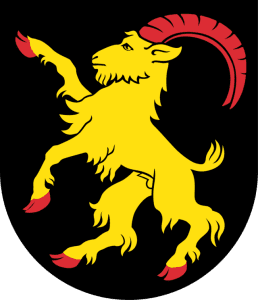
Now take a look at the Hälsingland Coat of Arms, which features an image of a goat.
There is also a road called Smithsroad in that same area, and stories say that Volund, one of Wade’s sons, was a legendary metalsmith – he was named Wayland the Smith.
Are these little clues neatly fitting together, or is it all just coincidence?
Giant Status of Wade
Around the time period when Wade ruled as King of Finland (present-day Sweden), in the southern area of Norrland, Swedish and Norwegian settlers lived together among the Sami peoples. It is noted in the History of the Norwegian People in America that “physically, the Norwegians are the most typical of the Teutons.
An anthropological investigation was done of all the principal nationalities. It showed that physically the Norwegians are the tallest of all Europeans, and in breadth of chest they are excelled by none.”
Could this have accounted for Wade’s so-called “giant” status? Or was he a mythological, religious creation from which the Wades merely took their name?
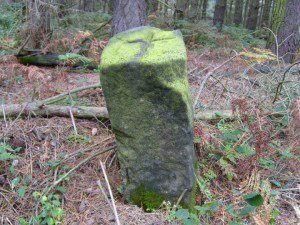
I found quite a lot of information about mythological stories, including Wade, his father, and his mother, as well as his sons. Here is one of those extracts taken from the book Teutonic Myth and Legend :
In Scotland, certain of them (giants) are associated with the fortunes of families and tribes. On the other hand, gods are but exalted giants; the boisterous Olympians find their counterpart in the boisterous Scandinavian Jotuns rather than in the more refined Asa-gods and Vans. With these giants are associated the elves.
In Teutonic lore, which is not necessarily wholly of Teutonic origin, the male elves predominate. In Scotland, as in Greece, elves are mainly females who are ruled over by a queen. There are also Scottish fairy-smiths, but they are one-eyed and Cyclopean and not always distinguishable from giants.
In fact, the Fian-giants are confused with fairies in ail Inverness mound, and Thomas the Rhymer is added in the character of one of the “Seven Sleepers.” Danann gods and fairies are similarly mingled in Ireland.
It should be noted in this connection that Teutonic elf-smiths are allies of the giants, and they are sometimes stronger than them. When Siegfried overcame the giant doorkeeper of Nibelung, he found that the dwarf was a still more powerful opponent.
Thor is friendly with the elves, but Svipdag, son of Egil, the elf, destroys the thunder god’s hammer with the “Sword of Victory.” The other class of elves–the “Light-elves”–are vaguely defined in Northern Teutonic Mythology.
Frey was their ruler in his youth, suggesting that he is himself an elf exalted to a god. The wise Vans are also elfin in character and were probably the spirit-folk of ail early seafaring people.
The story of the unhappy marriage of Njord and Skade may contain a germ of historic fact-the uncongenial association of a tribe of seafarers with a tribe of huntsmen. The female elves of the commoner type become valkyries; they are also swan-maidens who have tragic liaisons with mankind.
Brynhild is a swan-maiden and a valkyrie; she is also in the Nibelungenlied a boulder-throwing hag. The Balder story, regarding which much has been written, is not, therefore, the only one that underwent radical changes in the process of Mythology-making.
According to Professor Frazer in the Golden Bough, Balder was originally a tree god whose soul was in the mistletoe. The theory is as weighty as is the reputation of that Darwin of folklore.
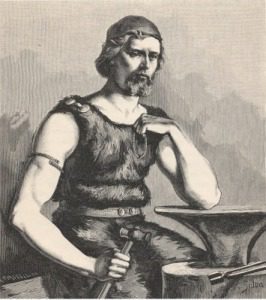
But perhaps the most interesting class of elves are the sons of Ivalde–Volund and his brothers. They display the attributes now of dwarfs, now of giants, and anon of star deities.
It would appear that they absorbed more than one ancient personality in an older Mythology than that in which the Odin cult predominates. Rydberg shows that Volund (Wieland) and the giant Thjasse are indistinguishable.
A close study of northern folklore supports that view, and an intimate acquaintance with the mental habits of fairy-and-giant-believing people assists one to appreciate it fully.
Thjasse is the only giant winged like Volund, as Loke and Freyja are the only members of the Asa-clan who can assume bird guise.
Thjasse and Volund are also symbolized as mountain wolves; they are both star deities; they are more like one another than the two Balders and appear to be products of the same ancient welded lore of an earlier mythological system.
In the Northern “Story of Creation,” these elves, or black dwarfs, are, it is evident, intentionally belittled. They have their origin, like maggots, in Ymer’s flesh. Yet they provide the gods with indispensable gifts–Odin with his spear, Thor with his hammer, and Frey with his boar and wondrous ship.
In Thjasse’s flight to Asgard, we may have a story invented purposely to account for his fall because, like Odin, he is a spirit god. His other names, Byrr and Gustr, signify wind and gale.
It is not possible now to reconstruct what appears to be a pre-Odin-cult Mythology, in which Ivalde and his sons predominate. The “Milky Way” is “Irmin’s Way,” and Irmin, invoked by old Hildebrand in the Dietrich story, is “the ruling god. It is also Bil’s way (Bil is Ivalde’s daughter), and as “Bil-rost,” according to Rydberg, is the original of Bif-rost.
The Anglo-Saxons called the “Milky Way” “Watling Street.” Volund’s brother Egil, the archer, is associated with the clouds and the sea. Sleet and rain are his arrows; his arrows are also “herrings that leap from the hands of Egil,” and herrings are “arrows of the sea.” Egil’s son, the Iceland Hamlet, is the guardian of the World-Mill; his son Svipdag, with a shining sword, resembles a light hero.
In the older moon-myth Gevar, the Gewar of the Hother-Balder story is the ward of the moon-ship, which is attacked and burned by Ivalde. The myth is obscure but suggestive; it survives in fragments only.
Ivalde’s three sons woo the swan-maids, and Ivalde and Gevar have quarreled violently as rival lovers. This group are hunters, skee-runners, and musicians. They are also connected with an early form of the Balder story.
Svipdag, as Hotherus, is the wooer of Gevar’s daughter Nanna, and Balder, his rival, falls victim to his “magic sword” in the heroic story in Saxo.
If Balder, as a tree-god, was associated with the tree-well, he may have wooed Nanna of the moon by reflecting her image. In this connection, it may be noted that wells sprang up in the hoof marks of Balder’s horse, and in Saxo’s story, he provides wells for his thirsting soldiers.
His rival would thus be the light hero Svipdag, with his shining summer sword, which was concealed for a season in the Underworld cave where lie the Seasonal “Seven Sleepers.” In Northern Teutonic Mythology, the popular Balder becomes the Summer Sun god, instead of Svipdag, and the only husband of Nanna.
If the original story was thus transformed by displacing or changing a hero, the process is a familiar one. The shadowy Hoder may be the original rival lover altered to fit into the new mythological system.
It is to this group of ancient tales of rival lovers and swan-maids and moon-maids that we owe the treasures of Middle Age popular romance. The Volsunga-saga, the Nibelungenlied, and the Balder heroic story developed from what Rydberg calls the “Ivalde myth.”
Who Really Built the Original Mulgrave Castle?
One can only make an educated guess as to who built the first Mulgrave Castle since written records from that period do not exist, or if they do, they haven’t been made available yet. Obviously, it could not have been built by a mythological person.
I do think, however, that the man who originally built it could have been named Wade. In the days when people worshiped false gods as part of their religious practices, I can imagine places, lands, and monuments being named after these false gods.
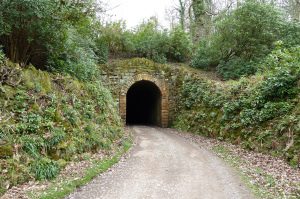
It could be that Wade, Duke of ancient England and King of the Finns, got his name from his religion or the place where he lived; this place being named after the myth of Wade.
Since there are other landmarks in the same area as the Mulgrave Castle with mythological names that tie together with Wade, I conclude that this land was deeply ingrained in the pagan worship of false gods and that the Wade family name may have originated from that.
What do you think? Who really built the ancient Mulgrave Castle?
Leave a comment below if you have more information about this ancient mystery. I’d be interested in reading about any and all clues as to who built the original Mulgrave Castle in Yorkshire, England.

